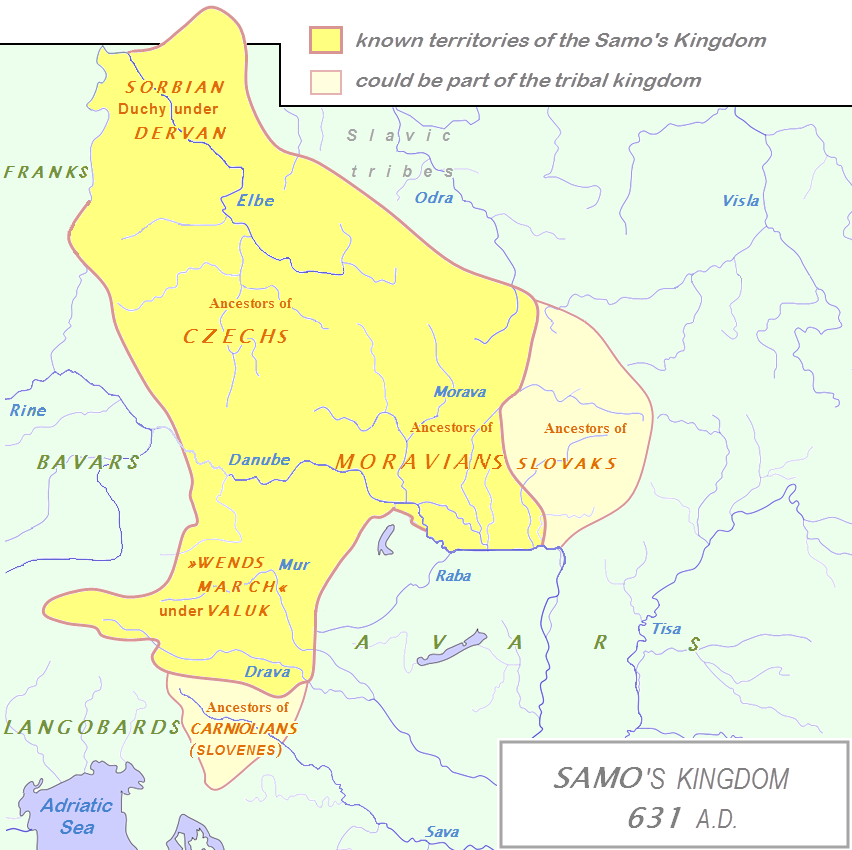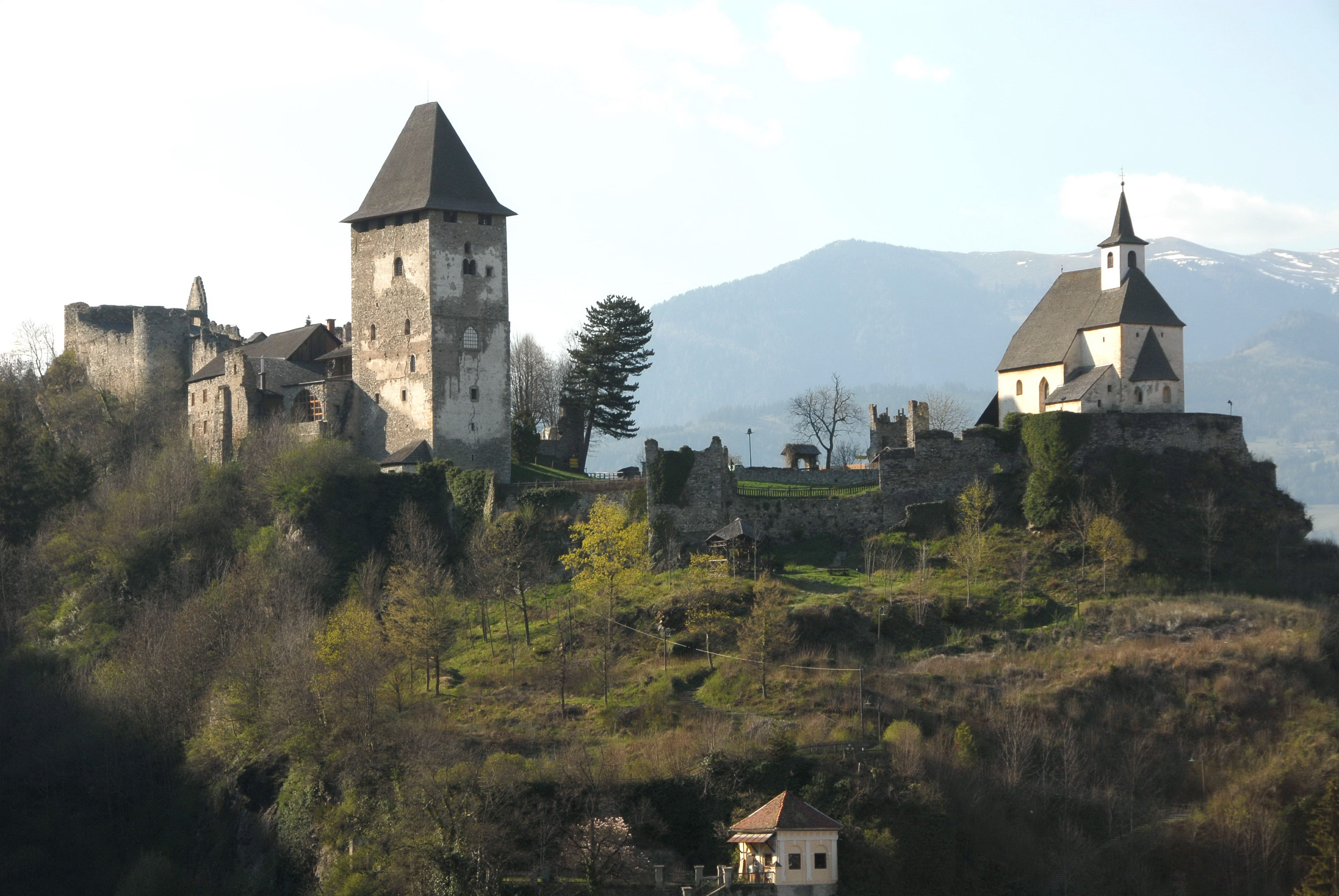|
Carinthian Blondvieh
Carinthian Blondvieh (german: Kärntner Blondvieh) is an old cattle breed that is native to Carinthia in Austria. Characteristics Carinthian Blondvieh is typically uniformly white or pale yellow, with a pale mouth, horns, and hooves. Cows weigh to , bulls to . Blondviehs were once bred to be triple purpose cattle, a draft animal as well as a milk and beef producer. History The breed's date of origin is unknown. Dr. Adolf Gstirner sees the Blondvieh as descendant of Slovene cattle that came to Carinthia during the early medieval Slavic settlement of the Eastern Alps. They were crossed with Franconian Gelbvieh to develop a new breed which was officially formed by 1890. [...More Info...] [...Related Items...] OR: [Wikipedia] [Google] [Baidu] |
List Of Cattle Breeds
List of cattle breeds — Over 1000 breeds of cattle are recognized worldwide, some of which adapted to the local climate, others which were bred by humans for specialized uses. Cattle breeds fall into two main types, which are regarded as either two closely related species, or two subspecies of one species. ''Bos indicus'' (or ''Bos taurus indicus'') cattle, commonly called zebu, are adapted to hot climates and originated in the tropical parts of the world such as India, Sub-saharan Africa, China, and Southeast Asia. ''Bos taurus'' (or '' Bos taurus taurus''), typically referred to as "taurine" cattle, are generally adapted to cooler climates and include almost all cattle breeds originating from Europe and northern Asia. In some parts of the world further species of cattle are found (both as wild and domesticated animals), and some of these are related so closely to taurine and indicus cattle that interspecies hybrids have been bred. Examples include the Dwarf Lulu cattle ... [...More Info...] [...Related Items...] OR: [Wikipedia] [Google] [Baidu] |
Carinthia
Carinthia (german: Kärnten ; sl, Koroška ) is the southernmost States of Austria, Austrian state, in the Eastern Alps, and is noted for its mountains and lakes. The main language is German language, German. Its regional dialects belong to the Southern Bavarian group. Carinthian dialect group, Carinthian Slovene dialects, forms of a South Slavic languages, Slavic language that predominated in the southeastern part of the region up to the first half of the 20th century, are now spoken by a Carinthian Slovenes, small minority in the area. Carinthia's main Industry (economics), industries are tourism, electronics, engineering, forestry, and agriculture. Name The etymology of the name "Carinthia", similar to Carnia or Carniola, has not been conclusively established. The ''Ravenna Cosmography'' (about AD 700) referred to a Slavic settlement of the Eastern Alps, Slavic "Carantani" tribe as the eastern neighbours of the Bavarians. In his ''History of the Lombards'', the 8th-c ... [...More Info...] [...Related Items...] OR: [Wikipedia] [Google] [Baidu] |
Austria
Austria, , bar, Östareich officially the Republic of Austria, is a country in the southern part of Central Europe, lying in the Eastern Alps. It is a federation of nine states, one of which is the capital, Vienna, the most populous city and state. A landlocked country, Austria is bordered by Germany to the northwest, the Czech Republic to the north, Slovakia to the northeast, Hungary to the east, Slovenia and Italy to the south, and Switzerland and Liechtenstein to the west. The country occupies an area of and has a population of 9 million. Austria emerged from the remnants of the Eastern and Hungarian March at the end of the first millennium. Originally a margraviate of Bavaria, it developed into a duchy of the Holy Roman Empire in 1156 and was later made an archduchy in 1453. In the 16th century, Vienna began serving as the empire's administrative capital and Austria thus became the heartland of the Habsburg monarchy. After the dissolution of the H ... [...More Info...] [...Related Items...] OR: [Wikipedia] [Google] [Baidu] |
Slovenia
Slovenia ( ; sl, Slovenija ), officially the Republic of Slovenia (Slovene: , abbr.: ''RS''), is a country in Central Europe. It is bordered by Italy to the west, Austria to the north, Hungary to the northeast, Croatia to the southeast, and the Adriatic Sea to the southwest. Slovenia is mostly mountainous and forested, covers , and has a population of 2.1 million (2,108,708 people). Slovenes constitute over 80% of the country's population. Slovene, a South Slavic language, is the official language. Slovenia has a predominantly temperate continental climate, with the exception of the Slovene Littoral and the Julian Alps. A sub-mediterranean climate reaches to the northern extensions of the Dinaric Alps that traverse the country in a northwest–southeast direction. The Julian Alps in the northwest have an alpine climate. Toward the northeastern Pannonian Basin, a continental climate is more pronounced. Ljubljana, the capital and largest city of Slovenia, is geogr ... [...More Info...] [...Related Items...] OR: [Wikipedia] [Google] [Baidu] |
Slavic Settlement Of The Eastern Alps
The settlement of the Eastern Alps region by early Slavs took place during the 6th to 8th centuries. It is part of the southward expansion of the early Slavs which would result in the characterization of the South Slavic group, and would ultimately result in the ethnogenesis of present-day Slovenes. The Eastern Alpine territories concerned comprise modern-day Slovenia, Eastern Friuli and large parts of modern-day Austria (Carinthia, Styria, East Tyrol, Lower Austria and Upper Austria). Historical background The migration of Slavic peoples from their homeland began in roughly the late 4th to early 5th century, as Germanic peoples started moving into the territory of the Roman Empire. The migrations were stimulated by the arrival of Huns into Eastern Europe. The Germanic peoples subsequently fought for control over territories in the eastern part of the disintegrating Roman Empire. Slavic tribes were part of various tribal alliances with the Germanic (Lombards, Gepids) and Euras ... [...More Info...] [...Related Items...] OR: [Wikipedia] [Google] [Baidu] |
Gelbvieh
Gelbvieh (, German for "yellow cattle") is a cattle breed originating in several Franconian districts of Bavaria, Germany in the mid-eighteenth century. It was originally a triple-purpose breed, used for milk, beef and draught power; the modern Gelbvieh is primarily used for beef production. History In the mid-nineteenth century, several breeds of local German cattle began to be combined into what would eventually be the Gelbvieh. The new breed was officially formed by 1920. Between 1998 and 2018 numbers in Germany fell steadily from approximately 10 000 to about 2 000. Gelbvieh have been introduced to several countries around the world, including Spain, Portugal, Great Britain, Canada, the United States, Australia, and South Africa, primarily through the use of artificial insemination and some live export. The first Gelbvieh genetics reached Canada in 1972 from Germany. Gelbvieh are currently the 6th largest beef breed in Canada with 3500 head registered yearly. The firs ... [...More Info...] [...Related Items...] OR: [Wikipedia] [Google] [Baidu] |
Eberstein, Austria
Eberstein ( Slovenian: ''Svinec'') is a town in the district of Sankt Veit an der Glan in the Austria Austria, , bar, Östareich officially the Republic of Austria, is a country in the southern part of Central Europe, lying in the Eastern Alps. It is a federation of nine states, one of which is the capital, Vienna, the most populous ...n state of Carinthia. Geography The municipality lies in the central Görtschitz valley at the foot of the Saualpe. World War II Peter Pearson tells a story about the region on the BBC Website "WW2 People's War". He says that Signal Platoon of HQ Company 5th Battalion Sherwood Foresters came from Italy into Eberstein, Austria in 1945, and that it was ''Somewhere in the area between St Viet and Neumark we eventually came to a stop in an idyllic picturesque village called Eberstein. It was the sort of place you see on Austrian postcards with a clear sparkling river (complete with trout) and green meadows full of wild flowers, a ... [...More Info...] [...Related Items...] OR: [Wikipedia] [Google] [Baidu] |
Lavanttal
The Lavant Valley (german: Lavanttal, sl, Labotska dolinaGams, Ivan. 1992. "Labotska dolina." ''Enciklopedija Slovenije'', vol. 6. Ljubljana: Mladinska knjiga, pp. 87–87. or ''Laboška dolina''; Southern Bavarian: ''Lovnthol'') lies in the Lavanttal Alps in southern Austria in the eastern part of the state of Carinthia. It covers just under . Approximately 60,000 people live in the area. Geography The Lavant River flows through the valley, having its source on the Zirbitzkogel in Styria and discharging into the Drau near Lavamünd. It is divided into the Upper Lavant Valley (german: Oberes Lavanttal), which lies north of the Twimberger Graben, and the Lower Lavant Valley (german: Unteres Lavanttal), which is further south. The lower, broader valley nestles between the mountains of the Koralpe and Saualpe. The Upper Lavant Valley lies between the Packalpe and the Seetal Alps. The Lavant Valley forms the greater part of the administrative district of Wolfsberg. Nam ... [...More Info...] [...Related Items...] OR: [Wikipedia] [Google] [Baidu] |
Friesach
Friesach ( sl, Breže) is a historic town in the Sankt Veit an der Glan district of Carinthia, Austria. First mentioned in an 860 deed, it is known as the oldest town in Carinthia. Geography Location Friesach covers an area of 120.83 km2 and its mean elevation is 631 meters above sea level. It is located in northern Carinthia near the border with Styria, about north of its capital Klagenfurt. Municipal arrangement Friesach is divided into the following ''Katastralgemeinden'': Friesach, St. Salvator and Zeltschach. It can be further divided into Friesach proper and the villages and hamlets of Dobritsch, Dörfl, Engelsdorf, Gaisberg, Grafendorf, Guldendorf, Gundersdorf, Gunzenberg, Gwerz, Harold, Hartmannsdorf, Hundsdorf, Ingolsthal, Judendorf, Kräuping, Leimersberg, Mayerhofen, Moserwinkl, Oberdorf I, Oberdorf II, Olsa, Pabenberg, Reisenberg, Roßbach, Sattelbogen, Schratzbach, Schwall, Silbermann, St. Johann, St. Salvator, St. Stefan, Staudachhof, Stegsdorf, Timrian ... [...More Info...] [...Related Items...] OR: [Wikipedia] [Google] [Baidu] |
Rare Breed (agriculture)
In modern agriculture, a rare breed is a breed of poultry or livestock that has a very small breeding population, usually from a few hundred to a few thousand. Because of their small numbers, rare breeds may have a threatened conservation status, and they may be protected under regional laws. Many countries have organizations devoted to the protection and promotion of rare breeds, for which they each have their own definition. In botany and horticulture, the parallel to rare animal breeds are heirloom plants, which are rare cultivars. Definitions There are several definitions of "breed" and "rare breed". Breeds may be defined as a group of animals that share visible characteristics, such as Pinto horses, which are all spotted. A stricter definition insists that breeds are "consistent and predictable genetic entities", which means that individuals from that breed will produce offspring that is predictably similar to their genitors, and that this similarity is genetically based. T ... [...More Info...] [...Related Items...] OR: [Wikipedia] [Google] [Baidu] |
Cattle Breeds
List of cattle breeds — Over 1000 breeds of cattle are recognized worldwide, some of which adapted to the local climate, others which were bred by humans for specialized uses. Cattle breeds fall into two main types, which are regarded as either two closely related species, or two subspecies of one species. ''Bos indicus'' (or '' Bos taurus indicus'') cattle, commonly called zebu, are adapted to hot climates and originated in the tropical parts of the world such as India, Sub-saharan Africa, China, and Southeast Asia. ''Bos taurus'' (or ''Bos taurus taurus''), typically referred to as "taurine" cattle, are generally adapted to cooler climates and include almost all cattle breeds originating from Europe and northern Asia. In some parts of the world further species of cattle are found (both as wild and domesticated animals), and some of these are related so closely to taurine and indicus cattle that interspecies hybrids have been bred. Examples include the Dwarf Lulu cattle of ... [...More Info...] [...Related Items...] OR: [Wikipedia] [Google] [Baidu] |





